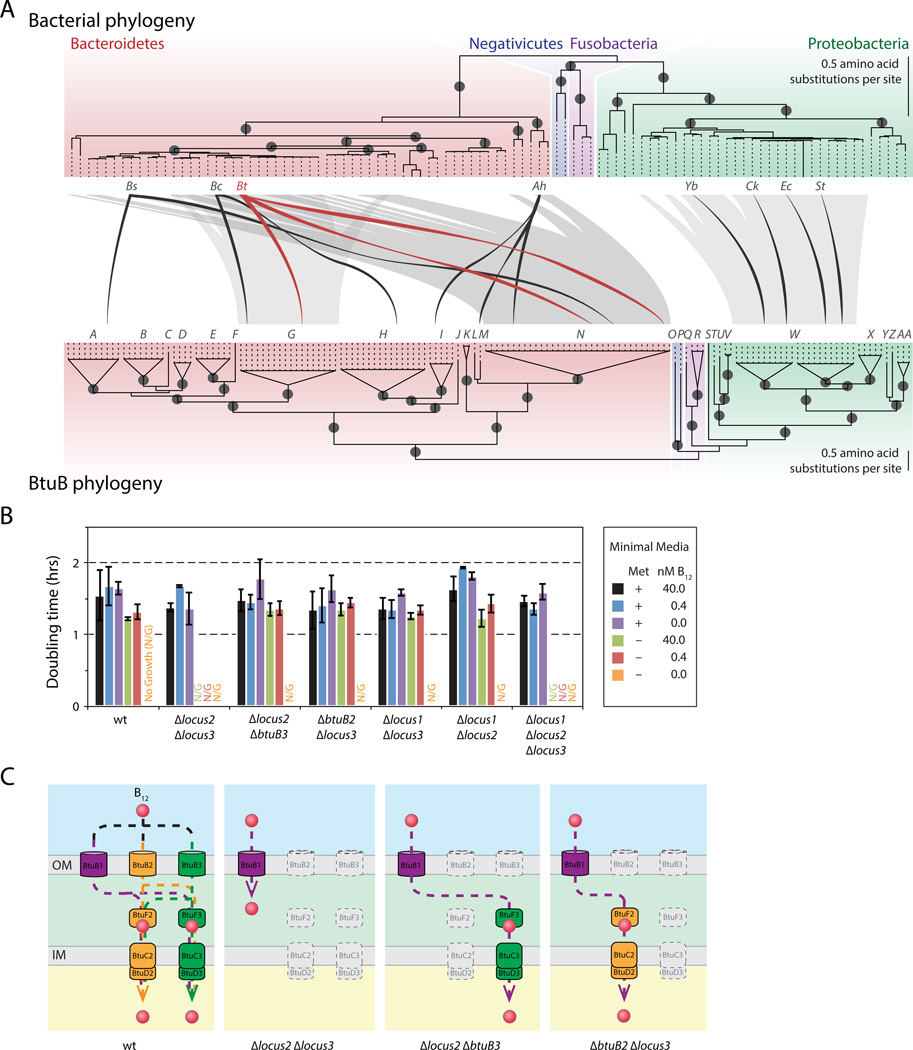Figure 6. Duplication, diversification and horizontal transfer of corrinoid transporters among human gut microbes.
(A) Phylogenetic relationships between human gut microbial species and between BtuB sequences were reconstructed by maximum likelihood. Terminal branches on the BtuB phylogeny have been collapsed and labeled according to their placement into the 27 families (A-AA) predicted by rarefaction analysis. Species distributions of representative BtuB families with evidence of recent horizontal gene transfer are indicated with shaded lines. BtuB sequences present in representative species are shown in black (Bs, B. stercoris; Bc, B. caccae; Ah, Alistipes sp. HGB5; Yb, Yersinia bercovieri; Ck, Citrobacter koseri; Ec, E. coli; St, S. typhimurium) and red (Bt, B. thetaiotaomicron). Internal nodes with bootstrap support ≥ 75% are shown as dark gray circles and colored regions correspond to the indicated bacterial phylum or class. (B) The corrinoid transport system encoded in locus 1 requires proteins encoded in the other corrinoid transport systems for function. B. thetaiotaomicron strains encoding only locus 1 are not viable in conditions requiring B12 transport for growth, while strains encoding locus 1 and btuFCD genes from locus 2 or locus 3 grow at wildtype rates in conditions that require B12 transport. Colors correspond to the key and mean doubling times and standard deviations from triplicate cultures are shown. (C) Predicted routes of corrinoid transport in mutant strains described in (B). In the wildtype strain, B12 can be transported across the outer membrane by any of the three BtuB homologs and cross the inner membrane through either of the two BtuFCD systems. Because locus 1 does not encode its own btuFCD genes, a strain lacking locus 2 and locus 3 is not viable in B12 dependent conditions. The btuFCD genes from locus 2 or locus 3 restore B12-dependent growth to this strain, suggesting that B12 transported through the outer membrane via BtuB1 can enter the cytoplasm via BtuFCD homologs encoded in the other two corrinoid transporter loci. See also Figure S6.

